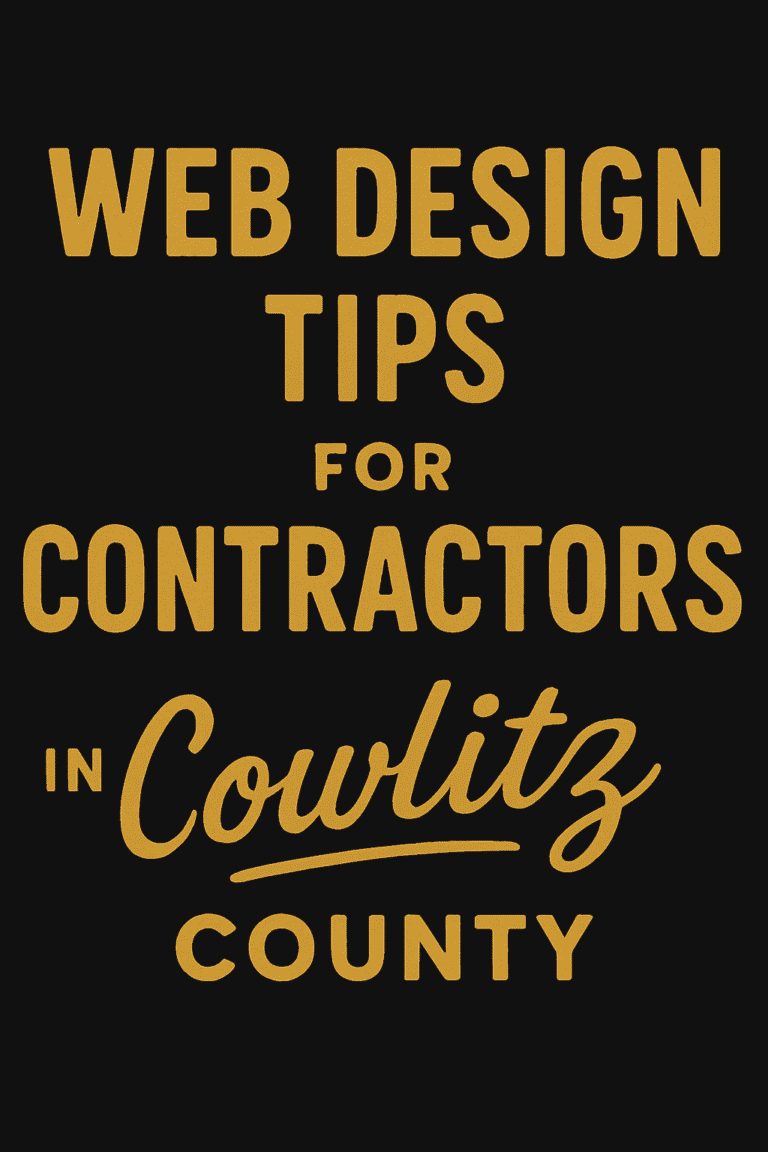
The performance of your website is more than just a technicality; it’s the cornerstone of your online presence. A swift, seamless, and secure website not only captivates your audience but also significantly bolsters your standing in the competitive world of search engine optimization (SEO). Amidst the plethora of platforms powering the web, WordPress emerges as a frontrunner, powering an astonishing spectrum of websites, from bustling e-commerce platforms to vibrant blogs. Its flexibility and user-friendliness make it a favorite, but these qualities also entail a crucial responsibility: regular maintenance.
However, the mere existence of a WordPress site isn’t enough to guarantee its success. The online world is akin to an ever-evolving ecosystem, where staying stagnant equates to falling behind. This is where the art and science of WordPress maintenance come into play. It’s not just about keeping the site running; it’s about ensuring that every click, every scroll, and every interaction on your site is as fluid and engaging as possible. Regular WordPress maintenance is the unsung hero in this narrative, silently but significantly boosting your site’s performance, ensuring that every visitor’s experience is not just satisfactory, but exemplary. In the following sections, we’ll dive into how meticulous WordPress maintenance can transform your website from merely functional to phenomenally effective, ensuring that your online presence resonates with quality, speed, and reliability.
The Impact of Regular Updates
Maintaining the vitality of a WordPress website is akin to tuning a high-performance engine; regular updates are the fuel that keeps it running smoothly and efficiently. In this section, we explore the pivotal role of these updates in enhancing your website’s performance.
Importance of Updating WordPress Core
At the heart of every WordPress site is its core, a well-oiled machine that needs regular check-ups. Updating the WordPress core is crucial for several reasons. Firstly, it ensures your website is equipped with the latest features, providing a richer experience for both users and administrators. More importantly, core updates patch security vulnerabilities, safeguarding your site against new threats and exploits that emerge in the digital landscape. Additionally, these updates often include optimizations that enhance site speed and responsiveness, ensuring your website operates at peak efficiency.
The Role of Theme and Plugin Updates
Themes and plugins extend the functionality and aesthetic appeal of a WordPress site, but they can also be Achilles’ heels if not properly maintained. Regularly updating themes and plugins is vital for maintaining compatibility with the latest WordPress core updates. This synchronization not only prevents potential conflicts that can disrupt site functionality but also ensures you’re leveraging the latest advancements in design and technology. Furthermore, like core updates, theme and plugin updates often address security vulnerabilities and performance bottlenecks, directly contributing to a more secure and swift website.
The Connection Between Security and Site Performance
A fortified website is not just about robust defenses; it’s also about streamlined performance. There’s an intrinsic link between security and how well your website functions. Enhanced security measures can prevent disruptions caused by malicious attacks, which can significantly slow down or even crash your site. Furthermore, search engines favor secure websites, often ranking them higher, which directly impacts your site’s visibility and traffic. By implementing stringent security measures, you’re not only protecting your site from threats but also ensuring it runs smoothly, providing a seamless experience for your users.
Regular Security Scans and Their Importance
Consistent security scans are the radar system of your WordPress site, constantly on the lookout for potential threats. These scans are crucial for early detection of vulnerabilities, be it in the form of outdated plugins, weak passwords, or suspicious activities. By identifying and addressing these issues promptly, you mitigate the risk of security breaches that can lead to significant performance issues. Regular security scans keep your website’s defenses up-to-date and in tune with the latest cyber threats, ensuring your site remains impervious to attacks that could otherwise hinder its performance.
Dealing with Malware and Vulnerabilities
The presence of malware or exploitation of vulnerabilities can cripple a website’s performance, leading to slow loading times, corrupted data, and a compromised user experience. Proactively managing these risks involves a two-pronged approach: prevention and response. Implementing strong security measures like secure SSL certificates, firewalls, and regular software updates can significantly reduce the risk of malware infections and vulnerabilities. However, in the event that your site is compromised, having a swift and efficient response plan is critical. This includes having regular backups, an action plan for malware removal, and a protocol for restoring your site to its optimal state. By staying vigilant against malware and vulnerabilities, you ensure your website remains a reliable and high-performing asset.
The Importance of Loading Speed for User Experience and SEO
Speed is king. The loading time of your website has a direct impact on user experience and search engine rankings. A fast-loading site retains users, reduces bounce rates, and encourages engagement, all of which are vital for a successful online presence. Search engines like Google use site speed as a ranking factor, meaning a quicker website not only pleases visitors but also climbs higher in search results. By optimizing the speed of your WordPress site, you’re not just enhancing user experience; you’re also boosting your visibility and reach.
Caching and Its Effect on Performance
Caching is a key player in the quest for speed optimization. It involves storing copies of your website’s files in a temporary storage location, so they can be quickly retrieved on subsequent visits. This process significantly reduces the time it takes for pages to load, offering a faster and smoother experience for your visitors. Implementing caching solutions, such as WordPress caching plugins, can drastically cut down server response times, lighten the load on your hosting server, and thus, speed up your website. In essence, caching is like giving your visitors a fast-track ticket to access your site, bypassing unnecessary delays.
Image Optimization and Efficient Media Management
Images and media are integral to engaging website content, but if not managed correctly, they can become a major drag on your site’s performance. Large, unoptimized image files can take an excessive amount of time to load, slowing down your site and frustrating users. Image optimization involves resizing, compressing, and formatting images in a way that maintains their quality while minimizing their file size. Additionally, efficient media management practices, such as using appropriate file formats (like WebP for images) and implementing lazy loading (where images load only when they come into view on the user’s screen), further enhance site speed. By optimizing images and managing media files effectively, you can maintain a visually appealing site without sacrificing performance.
Cleaning Up the WordPress Database
The WordPress database is like the backbone of your website, storing everything from your content to settings and user information. Over time, this database can become cluttered with unnecessary data such as post revisions, unused tags, and old comments, which can slow down your website. Regularly cleaning up your WordPress database helps in streamlining its performance. Tools and plugins designed for database optimization can help remove bloat, optimize table structures, and ensure that your database runs efficiently. This process not only improves site speed but also makes your database easier to manage and backup.
Minimizing and Optimizing Code
The efficiency of your website is largely determined by the neatness and optimization of its underlying code. Excess or bloated code – be it in themes, plugins, or custom scripts – can significantly slow down your site. Minimizing and optimizing your site’s code involves removing unnecessary characters, spaces, and comments, as well as consolidating CSS and JavaScript files where possible. This process, known as minification, reduces file size and helps your pages to load faster. Additionally, ensuring that your website’s code adheres to the latest web standards and best practices not only boosts performance but also enhances cross-browser compatibility.
Reducing HTTP Requests and Leveraging Browser Caching
Every element on your website, from images to scripts, initiates an HTTP request when a user visits your site. More requests mean more load time. Reducing the number of HTTP requests can significantly speed up your website. This can be achieved by techniques such as combining multiple style sheets into one, using CSS sprites to combine multiple images, and minimizing the use of scripts and external fonts. Alongside reducing requests, leveraging browser caching is crucial. It allows users’ browsers to store copies of your site’s files for a certain period. This means that returning visitors will experience much faster loading times since their browser doesn’t need to retrieve every file from the server again. Implementing these strategies can greatly decrease loading times, providing a more fluid user experience.
The Role of Regular Performance Monitoring
Regular performance monitoring is akin to a health check-up for your WordPress website. It involves keeping a vigilant eye on how your site is functioning, ensuring that it runs at its optimal capacity. Tools such as Google PageSpeed Insights, GTmetrix, or Pingdom can be used to monitor your website’s performance metrics, like load time, page size, and the number of requests. This continuous monitoring helps in early detection of issues that might be slowing down your site, allowing for timely interventions. Regular checks also help in understanding how different updates or changes to your site impact its performance, enabling you to make data-driven decisions for improvements.
Using Analytics to Identify Performance Issues
Analytics go beyond just tracking website traffic; they are a treasure trove of insights into your website’s performance. Analytical tools like Google Analytics provide a deeper understanding of how users interact with your site, which pages are most visited, how long visitors stay, and at what point they leave your site. This information is crucial for identifying bottlenecks that may be affecting user experience. For instance, if a particular page has a high bounce rate, it might indicate slow loading times or content-related issues. By analyzing this data, you can pinpoint specific areas that need optimization, whether it’s enhancing the speed, revising content, or restructuring the layout.
Adjusting Maintenance Strategies Based on Data
The data gathered from performance monitoring and analytics should not just be a collection of statistics; it should inform your maintenance strategy. Based on the insights, you might need to prioritize certain areas over others, like focusing on optimizing images if they’re causing slowdowns or revising the layout of a page that is not performing well. It’s about being agile and responsive to the needs of your website, adapting your maintenance plan to address the most pressing issues. This approach ensures that your WordPress maintenance is not just routine but is strategically tailored to continually enhance the performance and user experience of your site.
Recognizing the Need for Professional WordPress Maintenance
Website management, especially for WordPress sites, can be complex and time-consuming. This complexity often necessitates professional intervention, particularly when:
- Your website becomes a central pillar to your business operations and growth.
- Managing the technical nuances of WordPress maintenance detracts from your core business activities.
- Staying updated with the latest web standards and security measures becomes overwhelming.
In such cases, enlisting professional maintenance services can be a strategic decision. At Graticle Design, we understand these challenges and offer specialized WordPress maintenance to help businesses stay on top of their digital presence without diverting focus from their primary operations.
Enhancing Performance through Expert Maintenance
Professional WordPress maintenance encompasses more than just regular updates and fixes. It involves a comprehensive approach to ensure that every aspect of your website is optimized for performance and security. This includes:
- Diligent updating of the WordPress core, themes, and plugins to maintain seamless functionality and security.
- Performance tuning, focusing on aspects like load speed and user engagement.
- Continuous security monitoring to prevent and quickly respond to any vulnerabilities.
At Graticle Design offer these services, but the key is choosing a provider that aligns with your business’s specific needs and goals. It’s about finding a partner who not only maintains your site but also understands and contributes to your broader business objectives.
The Impact of Professional Maintenance
The true measure of effective WordPress maintenance is reflected in the performance enhancements and security stability it brings. We’ve seen a range of clients benefit from professional maintenance, from local businesses enjoying improved online transaction processes to non-profits experiencing greater user engagement on their sites. These improvements aren’t just about smoother operations; they’re about empowering businesses to leverage their digital platform for growth and impact.
In summary, professional WordPress maintenance, be it through Graticle Design or another skilled provider, is about ensuring that your website is not just operational, but also dynamic, secure, and aligned with your evolving business needs.





